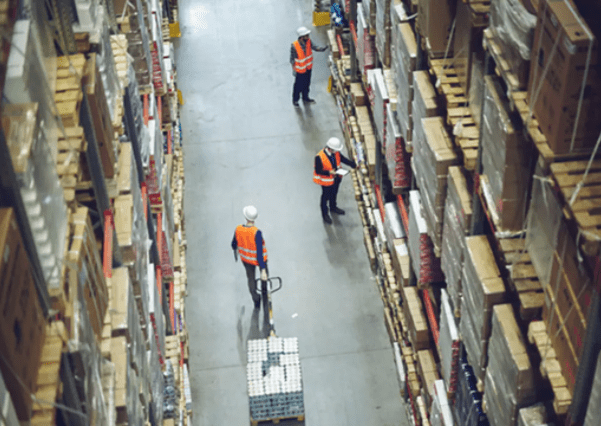Liquidity Services believes that assets managed by reverse supply chain solutions typically consist of returns from retail customers, excess inventory of end-of-life products and goods, or capital assets from both the corporate and government sectors.
Supply chain
Also, the supply of surplus and idle assets in the reverse supply chain is the result of a number of factors, including:
The increasing attention of business and government agencies to finding green solutions for surplus assets.
Many organizations appreciate the growing need to be environmentally friendly by improving their management of end-of-life or surplus assets, including the need to efficiently reuse or redeploy surplus and capital assets to minimize waste and maximize value for themselves and the communities they serve.
Supply chain inefficiencies.
Forecast inaccuracies, manufacturer overruns, cancelled orders, changing market preferences, discontinued product lines, changes in merchandise packaging and seasonal fluctuations lead to the growth of surplus assets. Organizations that manufacture, distribute, sell or use finished goods regularly dispose of excess inventory or returned merchandise.
E-commerce growth.
According to Digital Commerce 360 (US Ecommerce Grows 10.8% in Q3 2022), more than 20% of all retail purchases come from online orders. In addition, online purchases have a higher return rate of nearly 21%, higher than the 17% of total retail sales overall (CNBC: A $761 billion-plus dilemma: Retailer returns soar as online sales grow (Jan. 2022)). As e-commerce growth accelerates, the flow of assets into the reverse retail supply chain is likely to increase.
Product innovation.
Continued innovation in technology products, such as computer and office equipment, consumer electronics, and personal communication and entertainment devices, results in a steady flow of surplus assets. Innovation also results in the upgrading and replacement of manufacturing equipment and tooling, which generates an independent flow of surplus capital assets.
The return policies of large national and online retailers.
The flexible return practices of many large national retailers and online shopping sites result in a continuous supply of returned merchandise, a significant portion of which must be liquidated.
Government regulatory compliance.
An increasingly stringent regulatory environment requires verifiable recycling and remarketing of surplus assets that would otherwise be disposed of as waste.
Changes in corporate and government agency budget trends.
As corporate and government entities come under increasing pressure to improve efficiency while using fewer resources, they are turning to the liquidation of surplus and recovered capital assets as a source of funds.
![]()

